Best Florida Weekend Getaways

Searching for the best Florida weekend getaways? Well, you are in the right place because for a local, Florida getaways are such a treat! Within just a few hours’ drive, I can trade busy routines for coastal bliss, vibrant city life, or laid-back natural beauty.
Deciding where to stay is part of the fun, from luxury beachfront resorts to cozy seaside cottages. Here are some of the most unique getaways in The Sunshine State that I hope you’ll also love for your next 48-hour weekend getaway.
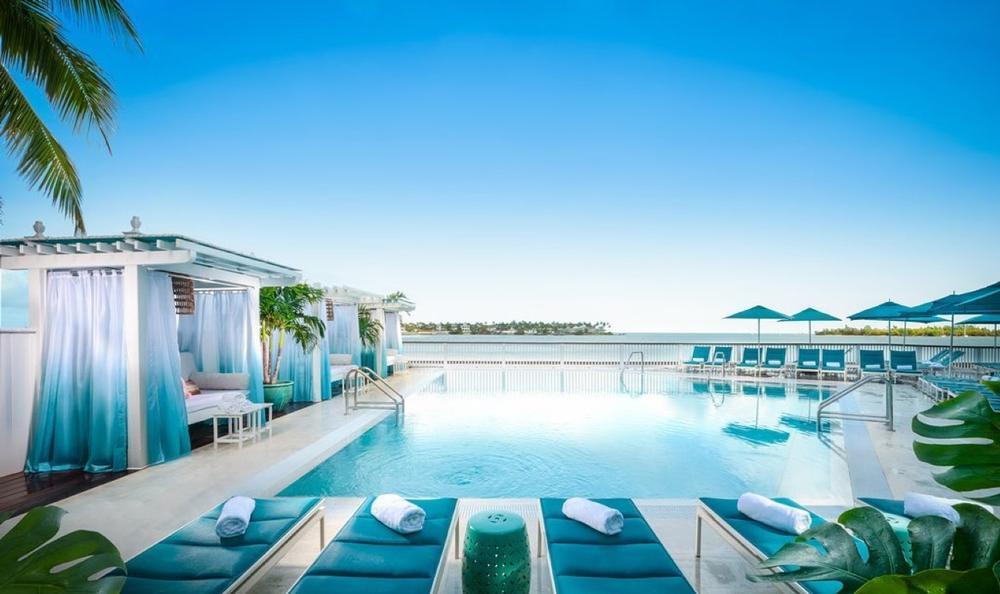
1. Ocean Key Resort and Spa, Key West - 3 hours 25 minutes from Miami
I thought that this place was one of the best romantic beach getaways in the USA. Why? I love how it blends tropical relaxation with many things to do close to the lively Duval Street.
Our suite for two days opened up to spectacular ocean views, with breezes flowing through our balcony that instantly gave us a joyful sense of being on island time.
One of my favorite moments was dinner at Hot Tin Roof, the resort’s restaurant, where fresh seafood and glowing sunsets made the meal unforgettable.
Later, we walked along the pier and watched the famous Key West sunset celebration. I thought it was absolutely awesome to see the sky turn orange and pink while street performers entertained the crowd.
The spa was another highlight, offering relaxing treatments that made our whole trip feel spectacularly indulgent.
We spent lots of time exploring Key West which offers historical sites like the Hemingway Home and Fort Zachary Taylor, natural attractions such as Dry Tortugas National Park and the Key West Butterfly and Nature Conservatory. I love riding the Old Town Trolley to explore.
Check prices and availability at Ocean Key Resort and Spa
What I loved best:
Spending an afternoon by the pool, and listening to music was very relaxing.
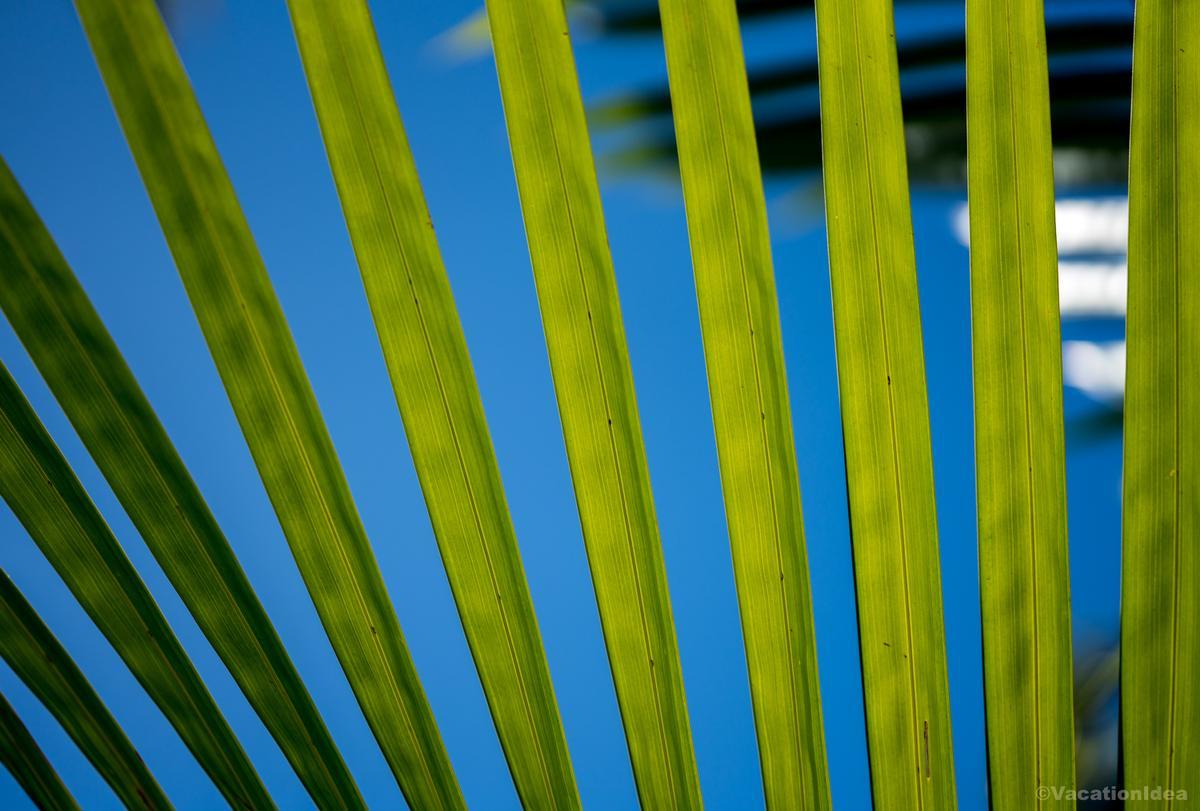

2. Casa Grandview - 1 hour 10 minutes north from Miami
This 3-star boutique hideaway in West Palm Beach, FL felt both historic and welcoming, with a touch of Old Florida charm in every corner.
I loved that the property blended Mediterranean-style architecture with tropical gardens, creating a peaceful oasis that felt far away from the city even though I was close to everything.
My room at Casa Grandview for an easy-going 3-day long weekend felt elegant and cozy, with vintage furnishings, crisp linens, and thoughtful touches that made it feel more like staying in a gracious home than a typical hotel.
The pool area was my favorite feature, surrounded by palm trees and lush greenery, giving me the perfect spot to relax.
I especially loved the location near so much to see and do. You can enjoy cultural experiences like the Norton Museum of Art and live music on Clematis Street, explore outdoor attractions such as the Mounts Botanical Garden and Manatee Lagoon, relax at Peanut Island, or visit family-friendly spots like the Palm Beach Zoo and Rapids Water Park (South Florida's largest!).
To book, check availability or prices for the 3-star Casa Grandview.
What I loved best:
The gourmet breakfasts served each morning, with fresh, locally sourced ingredients that started my day on such a delicious note.
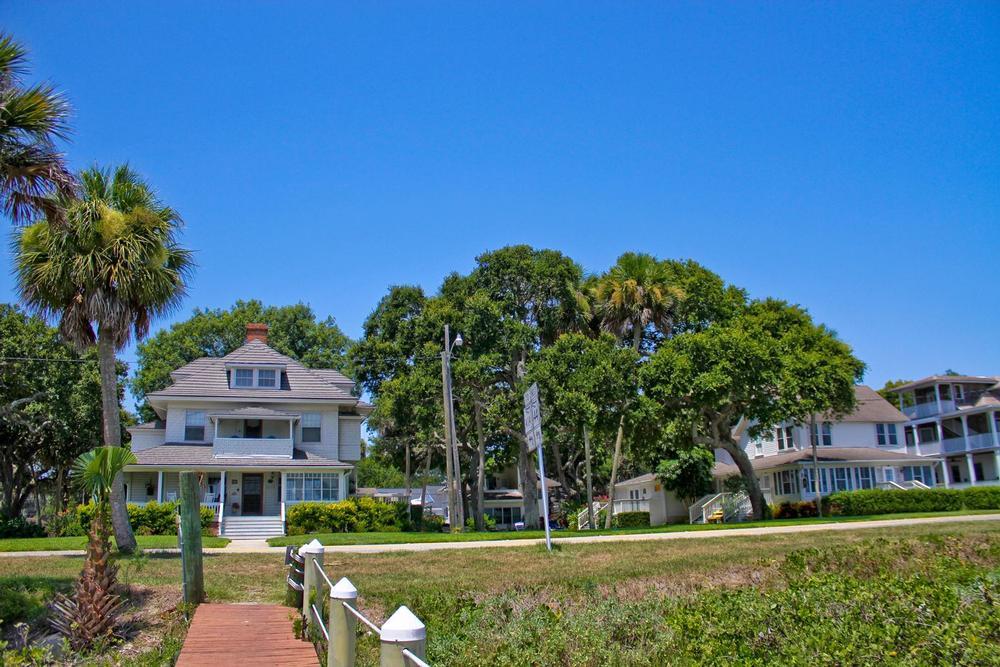
3. Night Swan Intracoastal Bed and Breakfast - 3 hours 45 minutes from Miami, Florida
I love how this charming inn, set in two beautifully restored 1900s homes along the Indian River, combines the warmth of a traditional bed and breakfast with the breezy, coastal spirit of Florida.
When I walked up to the wraparound porch and caught sight of the sailboats drifting by, I knew this was a hidden gem perfect for a romantic escape that completely won me over.
My room for two days was cozy, welcoming, and full of personality. I loved the blend of antique furnishings and modern touches like plush beds, hardwood floors, and large windows that framed stunning water views.
Breakfast at the Night Swan was another highlight. Served on the porch or in the sunny dining room, each meal was hearty and homemade, with fresh flavors that started the day perfectly.
The location is ideal, close to New Smyrna’s lively downtown, yet tucked away enough to feel serene and private.
You won't be bored on this trip since you can explore Smyrna Dunes Park for 2 hours, take an eco-tour on the Indian River Lagoon with the Marine Discovery Center, discover history at the Ponce de Leon Inlet Lighthouse & Museum and the Canal Street Historic District.
To book, check availability or prices for the 3-star Night Swan .
What I loved best:
My favorite detail was the private balcony, where I could sit with a glass of wine at sunset... It felt magical and deeply personal.
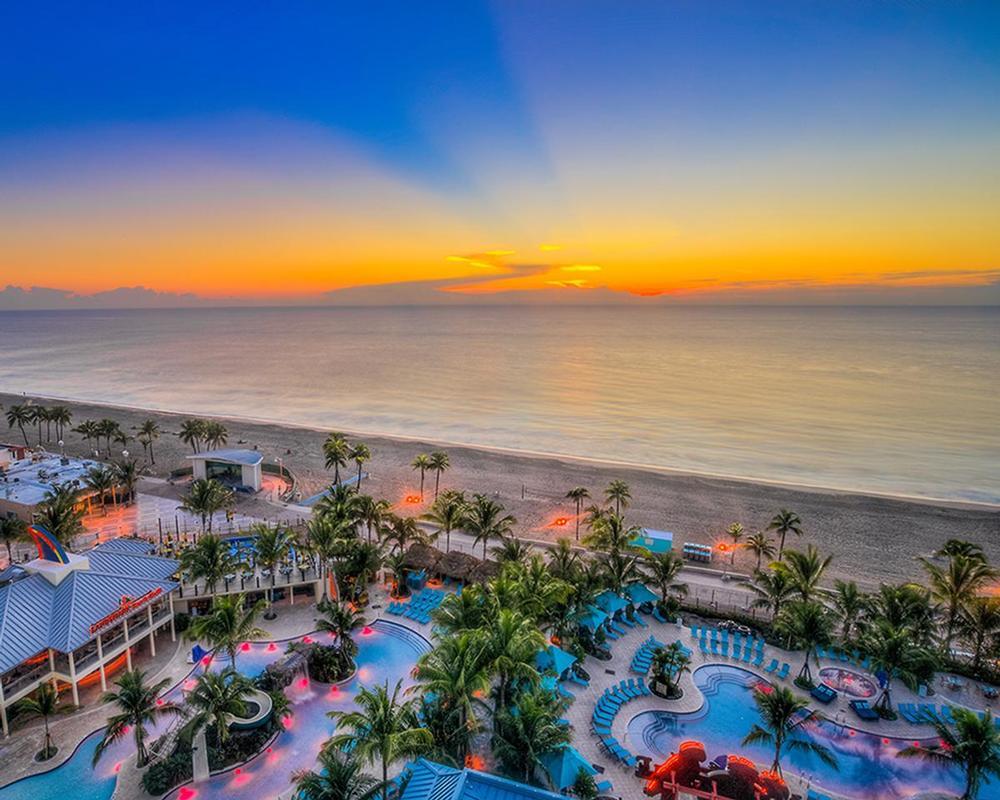
4. Margaritaville Hollywood Beach Resort - 40 minutes north from Miami
I fell for this place that felt both lively and laid-back, right on the Broadwalk with ocean views right on its doorstep.
For this visit, I wanted to split the day: enjoy the sand and surf, wander along the Broadwalk on foot, and spend the evenings unwinding at Margaritaville Hollywood Beach Resort.
I loved that I could step outside and instantly be part of the action with bikes cruising by, music floating through the air, and the beach just steps away.
Our room for cozy two days was bright and cheerful, with coastal-inspired décor, a plush bed, and a balcony where we spent mornings sipping coffee while watching the waves roll in.
The pool area was my favorite spot for resetting on my weekend getaway, with cabanas and a fun atmosphere.
I enjoyed the variety of dining options—from casual bites at the pool bar to fresh seafood at JWB Prime Steak and Seafood.
To book, check availability or prices for the 4-star Margaritaville Hollywood Beach Resort.
What I loved best:
St. Somewhere Spa was my highlight because I could relax at the steam rooms after my 60-minute massage.
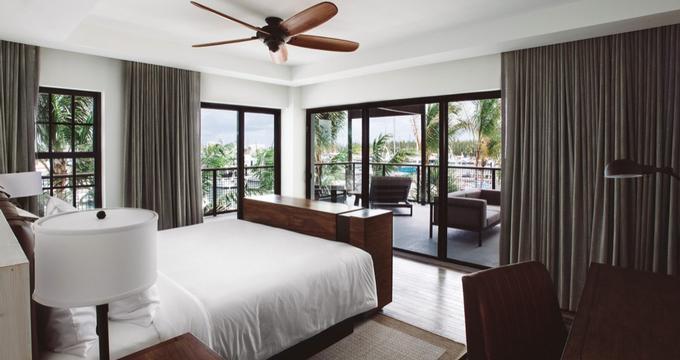
5. Perry Hotel Key West
I thought the hotel's setting was a hidden gem, just a short drive (or free shuttle ride if you prefer) from downtown Key West, letting me escape the hustle and bustle without feeling isolated.
I loved that I could watch boats glide in and out of the marina while lounging by one of the two inviting pools, each with its own vibe, sunbeds, cabanas, and even a quieter free-form option for peaceful relaxation.
I especially appreciated how my room for a blissful 3-day weekend blended contemporary style with rustic touches, from plush pillow-top mattresses to unique wood-paneled headboards. Our room had an open-air outdoor shower that was my favorite feature! You can trust that this hotel is special because it's among the few Florida Keys properties to have received a MICHELIN Key!
I found the amenities to be top-notch: two dockside restaurants serving sea-to-table fare, a convenience boutique, a 24-hour gym where I went for a 45-minute workout both days. There's even marina access for boating, fishing, scuba diving, and kayaking adventures.
To book, check availability or prices for the 4-star Perry Hotel.
What I loved best:
My highlight was being able to take the complimentary shuttle into Old Town. It was the best way to enjoy Key West’s historic charm without the parking headaches of downtown.
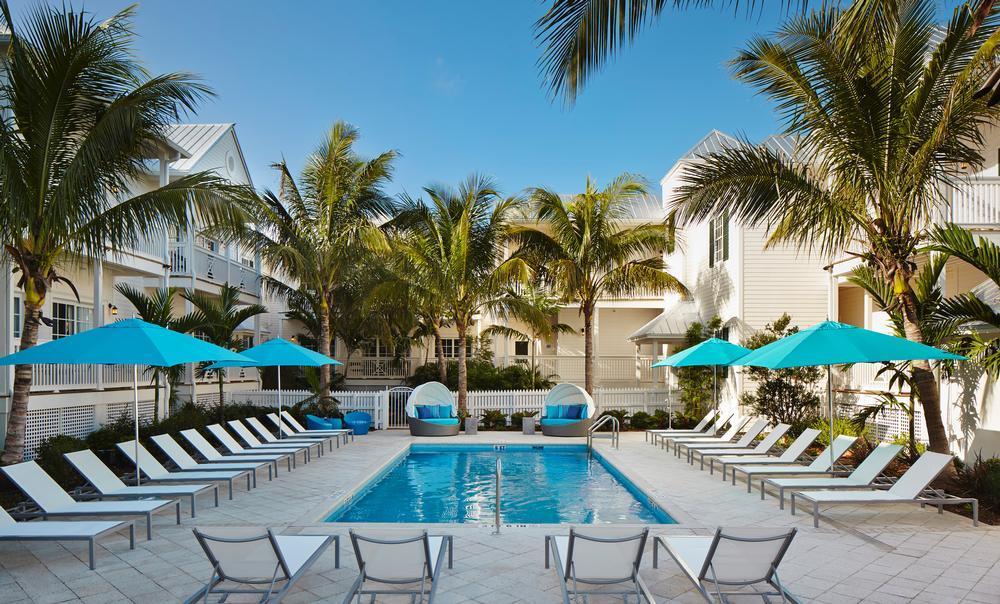
6. The Marker Waterfront Resort, Key West
Checking into this resort for two relaxing days, I found it to be a place where island luxury meets relaxed coastal charm, set right in the heart of the historic seaport district.
I loved that I could step out of the resort and instantly be surrounded by lively marinas, waterfront restaurants, and the vibrant energy of Old Town.
Our room for two days felt spacious and modern, with crisp white linens, tropical-inspired accents, and a private balcony that gave me the perfect spot to enjoy the warm Key West breeze.
I thought The Marker Waterfront Resort staff added to the experience with warm service and thoughtful touches, always ready with local tips and genuine smiles.
To book, check availability or prices for the 4-star The Marker Waterfront Resort.
What I loved best:
My personal highlight was enjoying a relaxing time by the pool and there are three to choose from !
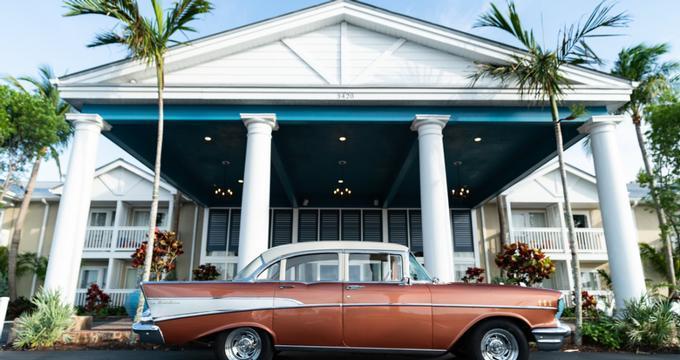
7. Havana Cabana, Key West
I was a big fan of this Cuban-inspired retreat that instantly charmed me with its bold colors and fun tropical energy.
I loved the retro touches, from the classic cars parked out front to the Latin music playing around the pool.
My room for two days felt stylish yet comfortable, with bright accents, tiled details, and a balcony that let me enjoy the warm Key West breeze morning and night.
I enjoyed sipping mojitos and nibbling on Cuban-inspired bites from Floridita, the on-site restaurant and bar, which added to the festive vibe of our stay.
I especially loved evenings when the property came alive with string lights, laughter, and the relaxed yet social spirit that made connecting with other travelers so easy.
To book, check availability or prices for the 4-star Havana Cabana.
What I loved best:
The pool was my favorite feature...it’s one of the largest on the island, with plenty of loungers, cabanas, and even poolside games.
In addition, I appreciated the little extras like poolside smoothies, food trucks, and the cheerful staff who made everything feel welcoming and fun.
For me, Havana Cabana is one of the best spots for a unique weekend getaaway in Florida.
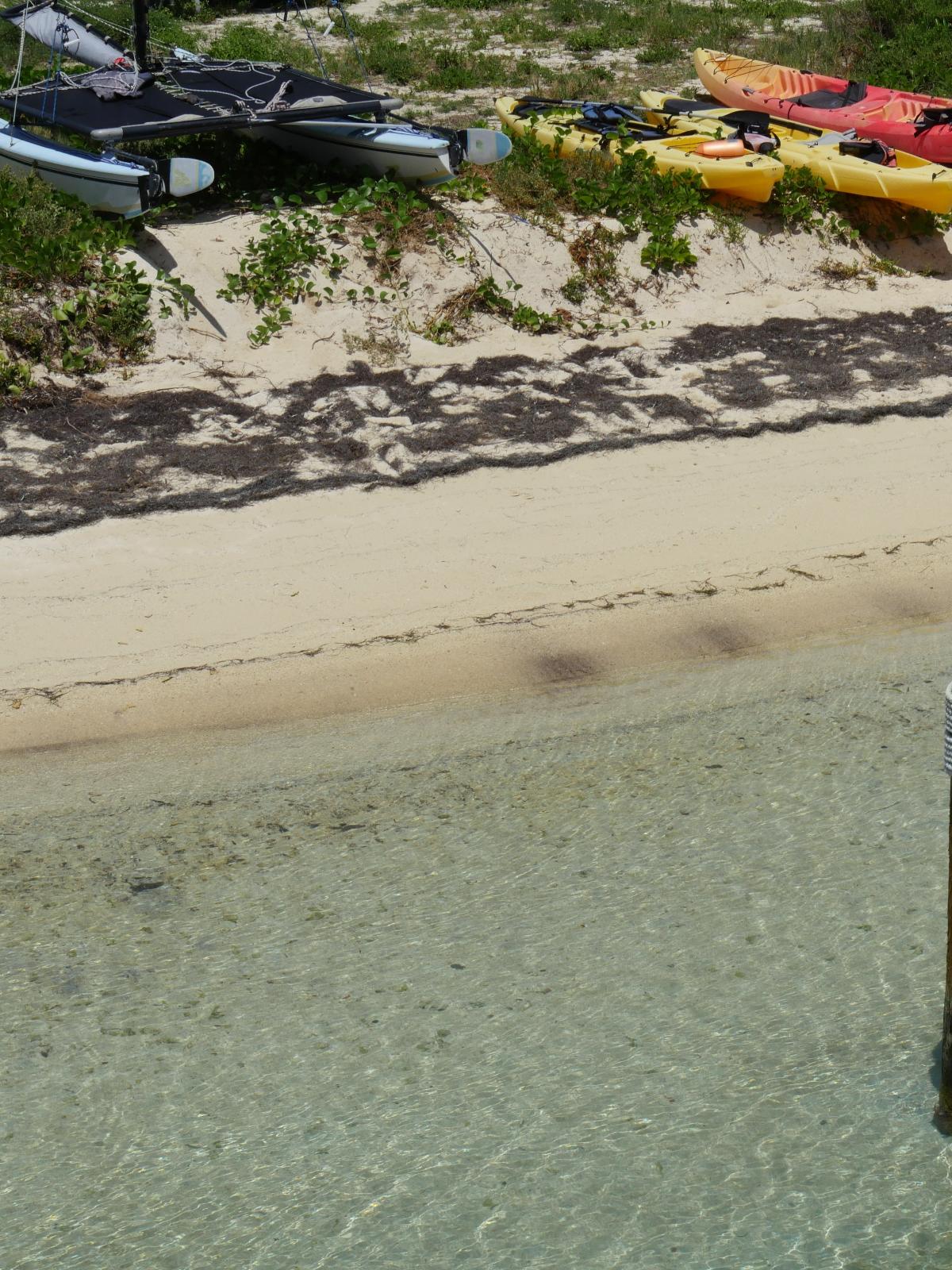
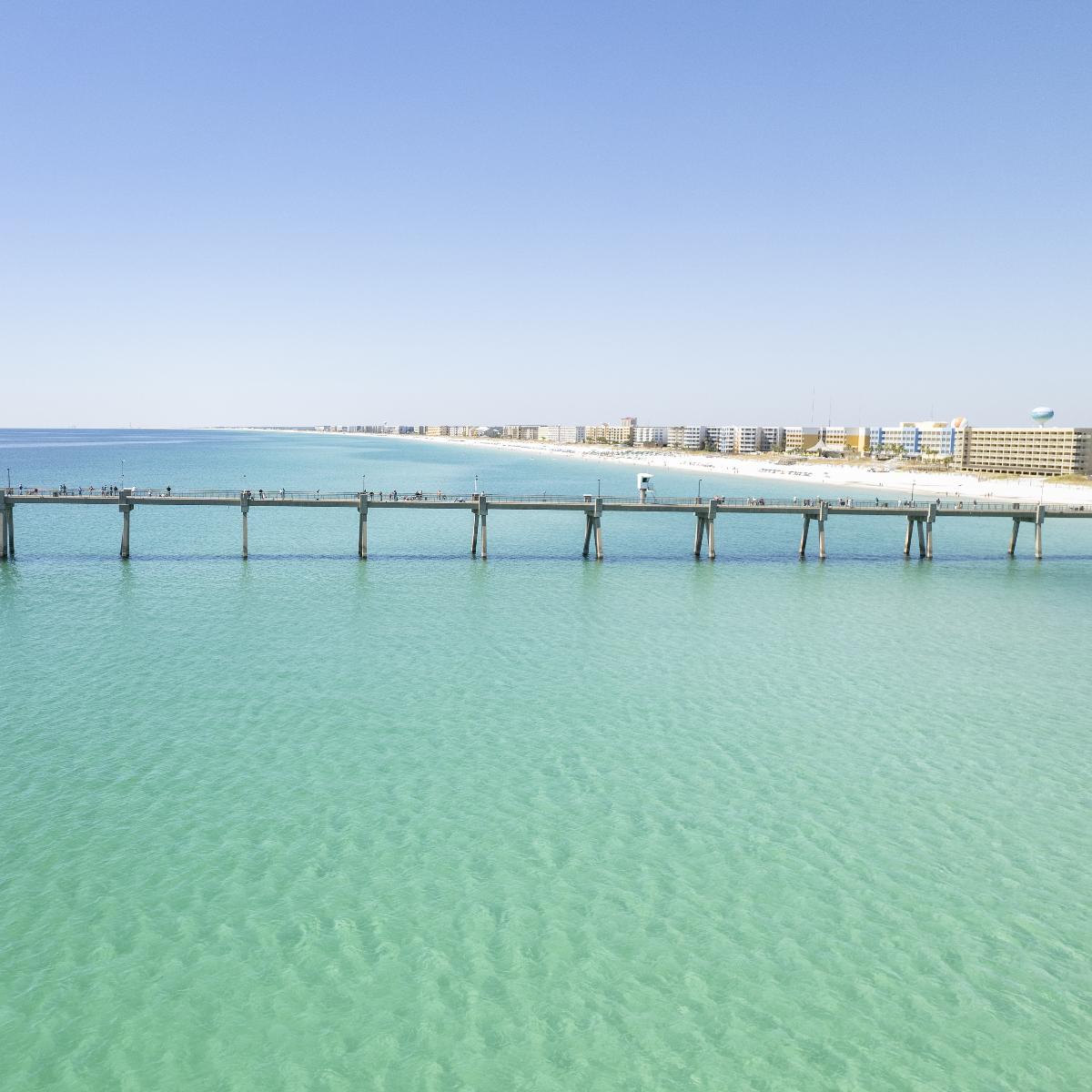
Booking Checklist
1. Book Your Flight - I use Expedia because I like their mobile app with my itinerary. They've helped me re-book flights on many occasions. Once you reach their Gold tier, support is especially good.
2. Book Your Hotel - I use Booking.com or Expedia, depending on my destination.
3. Book Your Rental Car - I use Expedia.
4. Book your tours on Viator or Get Your Guide.
5. If you are planning to visit more than three national parks in the next 12 months, buy the America the Beautiful Pass.
